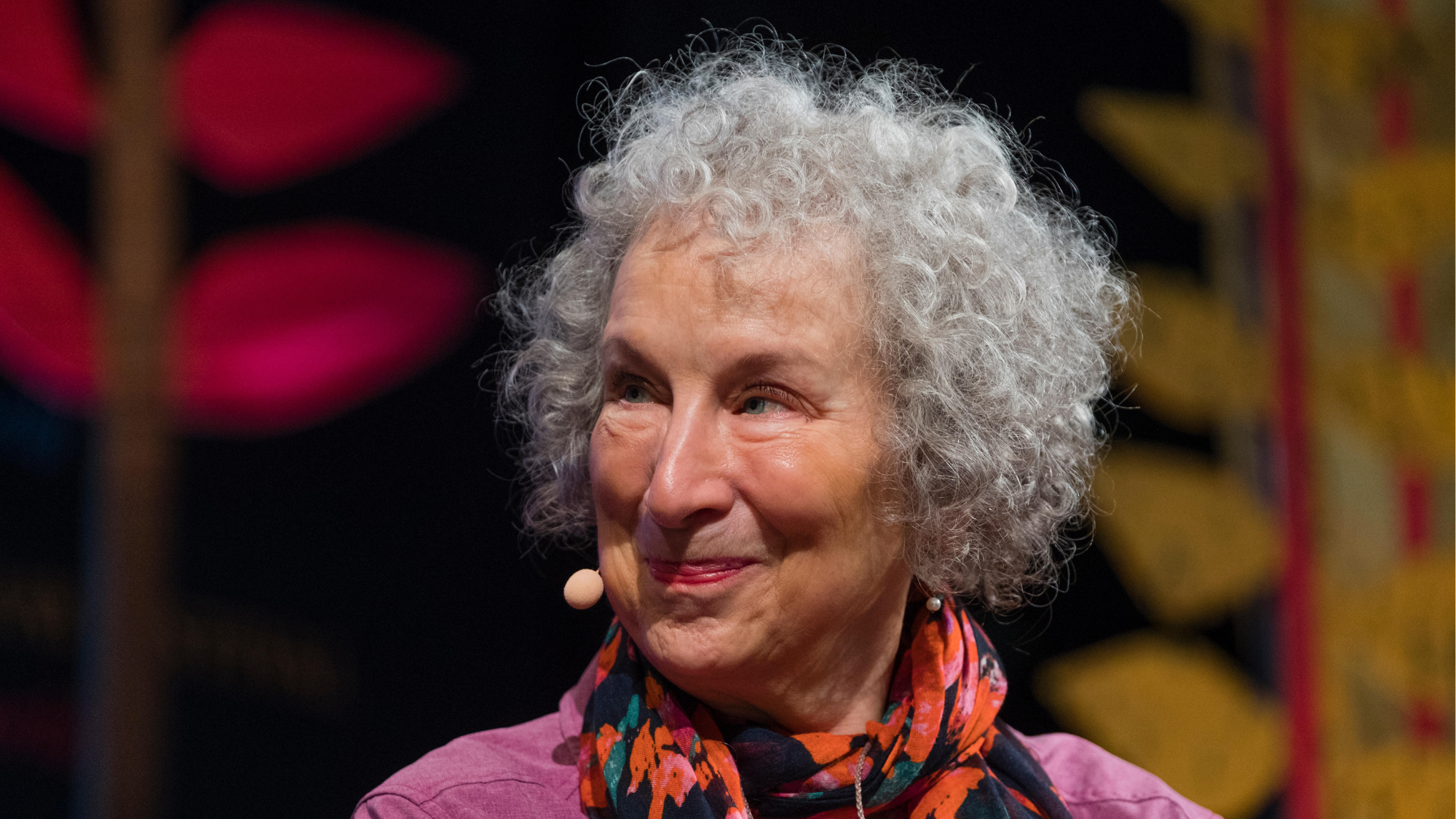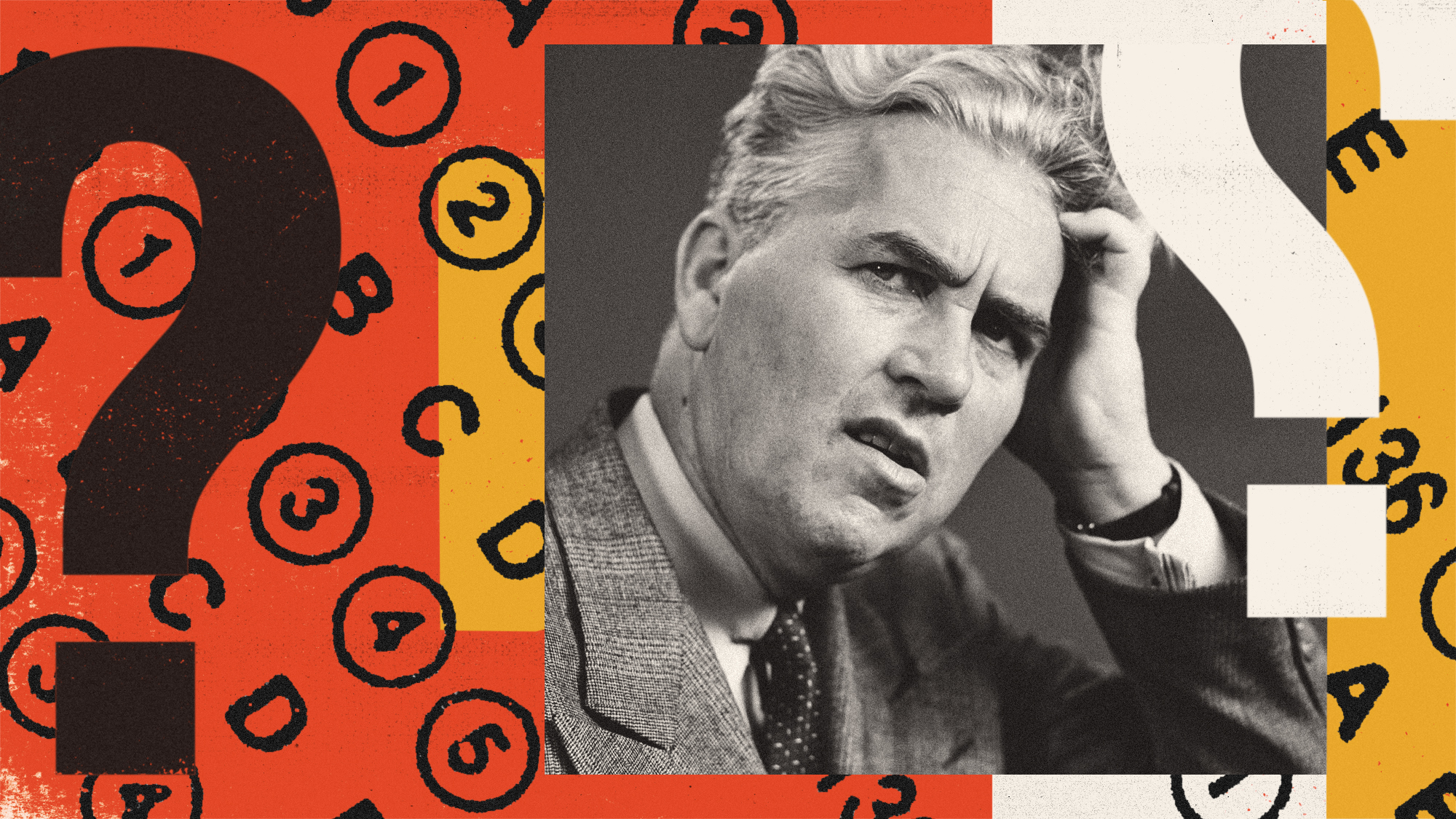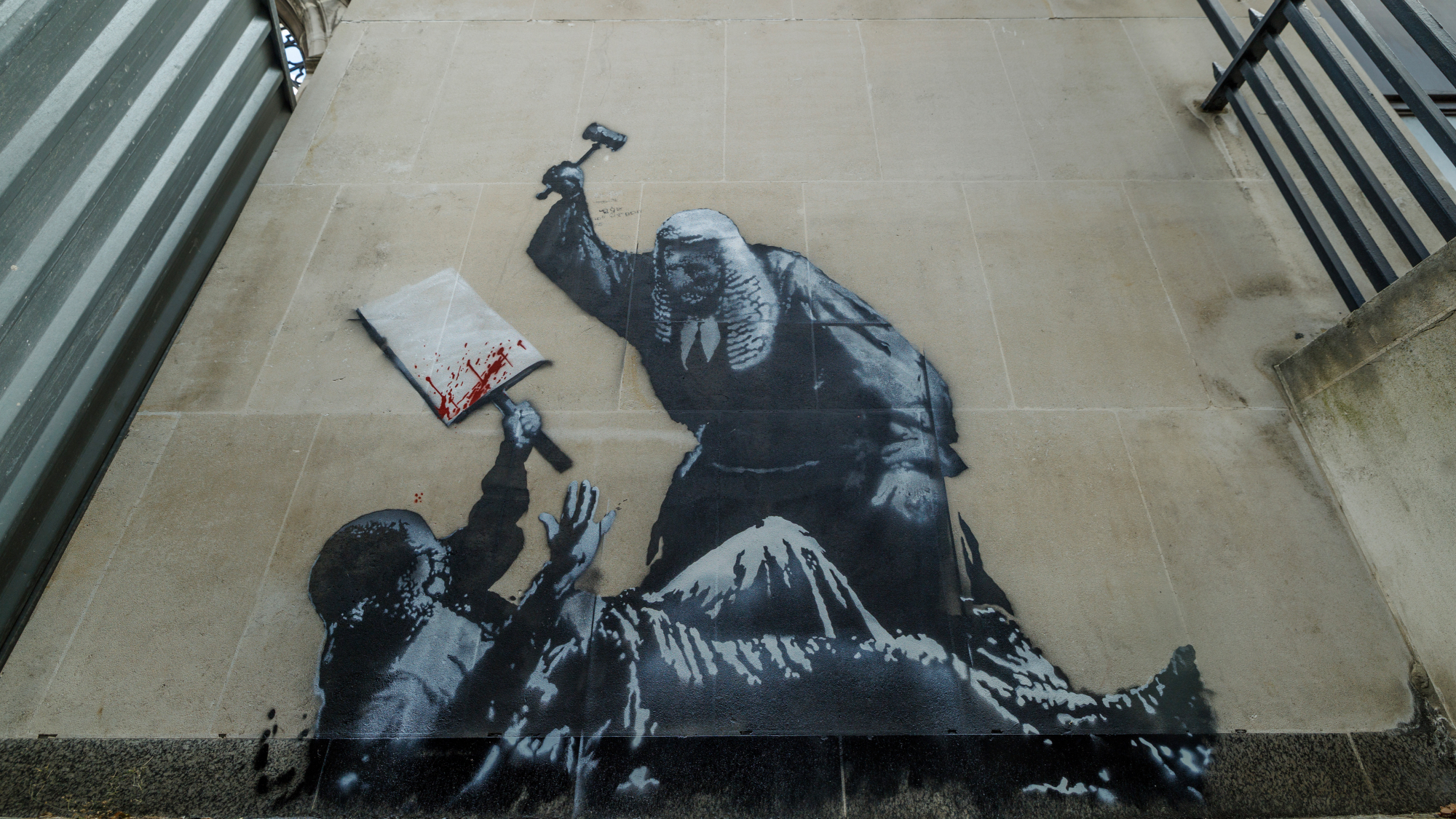Best biographies and memoirs to read in 2025
Dive into these compelling life stories – from Margaret Atwood to Cher

The best memoirs and biographies blend fascinating anecdotes with deeper meditations that make us reflect on our own lives. From poignant coming-of-age tales to candid confessionals, these are our top picks.
Book of Lives
Margaret Atwood is a “reproach to lazy authors”, said Nilanjana Roy in the Financial Times. Now 86, Canada’s pre-eminent author has produced “a treasure hoard of more than 50 books” – not just novels such as “The Handmaid’s Tale” (1985) and “Alias Grace” (1996), but short stories, poetry, essays and children’s fiction. Now comes “another outsize gift: a big fat juicy memoir, as compulsively readable as her best fiction”. “Book of Lives” is “not a slice of life but the whole works”, said Blake Morrison in The Guardian. Atwood admits to fearing it might be boring (“I wrote a book, I wrote a second book, I wrote another book...”), but there is much to enjoy besides the details of her writing life. She shares her formative experiences, as when a group of girl friends turned on her in 1949. She also shares her “wackier side” (she is fascinated by horoscopes and palm reading) and dispenses domestic wisdom (“what I don’t know about toilet-cleaning isn’t worth knowing”). The result is “sharp, funny and engaging”.
Her personal life is touchingly evoked, said Edmund Gordon in The New Statesman. Her public life, less so. Atwood never “paints herself in a bad light”, and writes “wildly flattering things other people have said about her”, without “a flicker of irony”. She also rewrites “matters of public record” to her own credit – as when she claims that when “The Handmaid’s Tale” was shortlisted for the 1986 Booker Prize, “it was rare for a woman to be nominated”. (It wasn’t.) But she seems to have perfect recall of all slights against her. Despite now being, as she says, “screamingly famous”, she never shies away from settling the pettiest of scores with poets who died 30 years ago, or journalists who once wrote disobliging reviews. “There are police databases that it’s easier to get your name expunged from than Atwood’s shit-list.”
The Week
Escape your echo chamber. Get the facts behind the news, plus analysis from multiple perspectives.

Sign up for The Week's Free Newsletters
From our morning news briefing to a weekly Good News Newsletter, get the best of The Week delivered directly to your inbox.
From our morning news briefing to a weekly Good News Newsletter, get the best of The Week delivered directly to your inbox.
Wings
Paul McCartney’s post-Beatles group, Wings, was “one of the most successful bands of the 1970s – and one of the strangest”, said Ian Leslie in The Guardian. They formed in 1971, a year after the Beatles split, because “McCartney yearned to play before audiences again” – something he hadn’t done since the Beatles stopped touring in 1966. And so he asked his musically untrained wife, Linda (above, with Paul), to “help him put together a new group”. Things got off to an inauspicious start, when their first album, “Wild Life”, was released to a “round of jeers”. They followed that with an “unplanned tour of British universities”, which involved them turning up at campuses, finding the student union, and asking “an open-mouthed social secretary if they fancied a gig that evening” – for which they’d charge 50p per ticket. Edited by cultural historian Ted Widmer, this “compelling” oral history, based on interviews with McCartney and other band members, recounts the decade Wings spent together. Telling a “story with elements of ‘Spinal Tap’ and ‘Wacky Races’”, it provides a “portal into a more eccentric age of pop”.
After the Beatles, McCartney said he had one aim: “to grow up”. This book tells the “astonishing, unruly story of how he achieved that goal”, said Victoria Segal in The Sunday Times. By adopting a “raggle-taggle” approach – Wings would tour with his and Linda’s young children in tow, along with their sheepdog Martha – he created a rock’n’roll life based on “domesticity and hippy ideals”, while reconnecting with the excitement of the Beatles’ early years. In time, Wings became more mainstream: their 1973 album “Band on the Run”, recorded in Lagos during a cholera epidemic, reached No. 1 on both sides of the Atlantic, and they followed it up with the “huge” “Wings Over America” tour of 1975. Partly because of their endlessly revolving line-up (Wings went through three lead guitarists and four drummers), their music declined in quality later in the decade, said Neil McCormick in The Daily Telegraph. Then, in January 1980, McCartney was arrested for marijuana possession at Tokyo airport. “It was the maddest thing in my life,” he recalls. “I put a bloody great bag of the stuff right on the top of my suitcase.” Although he spent just nine days in prison, the ordeal sapped his enthusiasm for touring – and Wings disbanded shortly afterwards. Despite the tone being at times “a little hagiographic”, “Wings” is full of “amusing observations” – and provides a fascinating look at the band that, as Alan Partridge quipped, “the Beatles could have been”.
On Friendship
The novelist Andrew O’Hagan’s latest book is a “paean to the joys and power of friendship”, said Michael Kalisch in The New Statesman. It consists of eight “amiable” essays, each devoted to one of his friends. In one, he describes his “first best friend”, Mark MacDonald, a boyhood neighbour in North Ayrshire. Later pieces are about friendships “forged in the literary world”, such as with Seamus Heaney and Edna O’Brien. For O’Hagan, the best friendships are an antidote to the constrictions of family, said Anthony Cummings in The Guardian. He recalls his boyhood home as a “zone of adversities”, from which friends liberated him. Friendship, he writes, can be a “passport to being the kind of person you wanted to be”.
There’s a lot of “name-dropping” in these pages (Julian Assange, Richard Burton and Mark Rylance all figure), but O’Hagan “makes up for it with wit and good humour”, said Ceci Browning in The Times. Some of the pieces are truly moving – such as his account of another teenage friend, Keith, who on learning he was terminally ill, called on O’Hagan for support. More than romantic love, O’Hagan feels that friendship “describes the shape of your life” – and this joyous book suggests he is right.
A free daily email with the biggest news stories of the day – and the best features from TheWeek.com
Fly, Wild Swans
Few non-fiction books have had as much impact as Jung Chang’s 1991 memoir “Wild Swans”, said Helen Brown in The Daily Telegraph. Intertwining Chang’s childhood with the stories of her mother (pictured) and grandmother, it sold more than 13 million copies (despite never being published in China) and gave many Western readers their first glimpse of life under Chinese communism. Now, more than three decades on, Chang has written a “magnificent sequel”, which picks up where “Wild Swans” left off: with her move to England, aged 26, in 1978. Chang describes revelling in Western freedoms, including sex (a “dirty word” in China), and charts her development as a writer. Less happily, she also describes the deterioration of her relationship with her homeland. She used to go there regularly, but this became more difficult following her “devastatingly critical” 2005 biography of Mao Zedong (co-written with her husband Jon Halliday), and her last visit was in 2018. She dedicates this book to “my mother, whose deathbed I am unable to visit”.
Chang’s early life in Britain, on a “study scholarship”, was closely monitored by the Chinese state, said Kathryn Hughes in The Sunday Times. She was required to wear a “lumpy Mao suit” and was told never to venture into a pub, because it would be “full of naked women gyrating”. But Chang was a quick learner. She got a PhD in linguistics; then came “Wild Swans”, and a “Cinderella-like transformation”. By the mid-1990s, she was living in “swanky Notting Hill”, and was “chums with Martin Amis”. In these pages, she has again used “intimate experience” to make sense of larger events. It’s a method that “works as triumphantly today” as when “Wild Swans” “burst onto the scene”. This book feels in places like an “uneasy hybrid”, said Boyd Tonkin in the Financial Times. Parts of it “revisit in an abbreviated version” stories first told in “Wild Swans” – such as her Manchurian grandmother’s experiences of foot-binding. New readers might want first to encounter such material in the original. As a memoir, though, it’s very “engaging”, said Rana Mitter in Literary Review. Chang is “thoughtful without being sentimental”, and writes illuminatingly of her life both in England and China. Overall, it provides a timely insight into “the complexities of processing” history, family and personal identity, while dealing with a regime that insists on defining history, and keeping it “firmly in the past”.
How to Lose Your Mother
Molly Jong-Fast is the daughter of Erica Jong, best known for her groundbreaking and bestselling 1973 novel "Fear of Flying", about a liberated woman's quest for pleasure, said Alice O'Keeffe in The Times – and in which she coined the phrase "zipless f**k" to denote casual sex. As Jong-Fast relates in her "ruthlessly honest and often hilarious memoir", Erica's abilities as a writer weren't matched by her parenting skills. When her daughter was small, "she was never home, always travelling or out on the town". Erica's husband, Jonathan Fast, would try to get her to spend an hour a day with Jong-Fast, but she simply "couldn't do it": the most she'd manage would be half an hour. Eventually, Jong-Fast's parents divorced, and Erica slid into alcoholism ("always denied") and became increasingly obsessed with her waning fame. Jong-Fast developed problems of her own – including an eating disorder and drug and alcohol addiction – but she overcame these and is now a "devoted mother to three children", as well as a successful journalist and podcaster.
Her memoir is partly an account of her childhood, but also a description of her "annus horribilis" of two years ago, when Erica (by now in her early 80s) developed dementia, various friends and relatives died, and Jong-Fast's husband was diagnosed with cancer, said Lucy Scholes in the Financial Times. She spares few details as she documents her mother's decline: her increasingly stilted social interactions, her neglect of her personal hygiene. "Jong-Fast is aware that this memoir is a betrayal of a kind" (though her mother, she points out, often featured her in her writing). But if she is angry, she has reason to be: "put bluntly – bad mothers make bad daughters". Often rancorous, though never self-indulgent, this book is a moving portrait of a "painful and maddening" relationship.
The Spy in the Archive
In March 1992, an "elderly, ill-dressed and inarticulate" Russian walked into the newly opened British embassy in Vilnius, Lithuania, "carrying a duffel bag stuffed with papers", said Donald Rayfield in Literary Review. Vasili Mitrokhin, a retired KGB archivist, was nearly shown the door, but a young diplomat persuaded MI6 to "take a closer look". The bag proved to be a remarkable "counterintelligence bonanza": the papers revealed the identities of hundreds of Soviet spies, as well as numerous KGB plots, including a plan to break the legs of the ballet dancer Rudolf Nureyev, who'd defected to the West in 1961. In this "enthralling" biography, Gordon Corera charts Mitrokhin's journey from loyal KGB officer to "disillusioned" spiller of secrets. He had become horrified by the KGB's repression of the Soviet people, and its deceit, said Alan Judd in The Spectator. But his defection was also fuelled by resentment. During overseas postings early in his career, he had committed various blunders. As a result, he was removed from operational work and consigned to a "dead-end job in the archives".
Mitrokhin extracted information by writing coded messages on scraps of paper, which he'd smuggle out of the KGB's headquarters in his socks, said James Owen in The Sunday Times. At his dacha, he would "reconstitute the documents with a typewriter" – before burying them underground in milk churns. All this took "remarkable courage": discovery would have led to certain execution. After he was exfiltrated to England in 1994, he "became disappointed with what he found in the West" – and angry that his revelations didn't lead to "Nuremberg- style justice for Russia's former leaders". This book is an "overdue and often striking memorial" to a man who remained, to the end, a "prickly oddball".
The Memoir: Part One by Cher
"There was some sniggering" when the news broke that Cherilyn Sarkisian – aka Cher – was going to publish a two-part memoir, said Hadley Freeman in The Sunday Times. While a president can get away with such a "power move", it seems less justifiable for a pop star "who once sang 'The Shoop Shoop Song'". Yet it turns out that Cher has led such an eventful life that two volumes may not be enough. She was born in California in 1946, to a heroin-addicted Armenian father and a singer mother who married eight times, said Barbara Ellen in The Observer. While much of her childhood was spent in chaotic poverty, there were periods of "wealth and plenty", depending on whom her mother was "married to at the time". Cher met her first husband, Sonny Bono, a songwriter 11 years her senior, in a coffee shop when she was 16. When he walked in, she recalls, "everyone else in the room faded". Having worked together as backing singers, they formed the singing duo Sonny & Cher, and in 1965 hit the big time with their "deathless global smash" "I Got You Babe", which knocked The Beatles' "Help!" off the top of the UK charts.
While Cher and Sonny had a "sizzling chemistry in performance", offstage he was an "old-fashioned, controlling" Svengali, said Alexandra Jacobs in The New York Times. A fan of Machiavelli, he worked Cher "like a pack mule" while saddling her with contracts that gave him ownership of 95% of her earnings (the remaining 5% went to lawyers). The pair reinvented themselves as TV stars in the early 1970s, making the hugely successful "The Sonny & Cher Comedy Hour", but divorced in 1975. Covering the period up to the dawn of Cher's "serious movie career in the early 1980s", "The Memoir: Part One" is a "detailed and characteristically profane" examination of a fascinating and remarkable life.
Me and Mr Jones by Suzi Ronson
In 1971, Suzi Ronson (then Suzanne Fussey) was a 21-year-old hairdresser at a salon in Beckenham, southeast London, when one of her customers – Mrs Jones – mentioned her "artistic" son David, said Anthony Quinn in The Observer. The next week, Mrs Jones brought in David's wife, Angie, who was so delighted with the "outrageous" haircut Suzi gave her that she took her to meet David himself – "a pale and epicene young man" who had just started calling himself David Bowie. With the help of a German anti-dandruff product, Suzi transformed David's "mousy" hair into a "spiky red feather cut". It was the birth of the "look of Ziggy Stardust".
Suzi, infatuated with the couple and their bohemian world, became Bowie's stylist, and soon after went on the road with him and the Spiders from Mars. Five decades on, she has written an "honest and troubled memoir" of her time as his "hair'n'make-up mascot". It belongs to a niche genre – call it "I-was-Sinatra's-valet" – but her book offers a compelling portrait of Bowie "on the verge of stardom".
Ronson skilfully charts her drab suburban upbringing, so different from Bowie's "countercultural" mileu, said Deborah Levy in Literary Review. With "perfect pitch and tension", she recounts key moments in his early career – from his legendary performance of Starman on Top of the Pops in 1972 to the night a year later when he unexpectedly "retired" Ziggy Stardust.
Much Bowie literature consists of "pretentious evaluation" of his lyrics and influences, said Suzanne Moore in The New Statesman. Ronson, by contrast, barely mentions his music, and instead focuses on practical matters – such as sewing the jewels onto Bowie's jockstrap, or worrying "about all the sweat breaking the zips of his costumes". She tells us that she slept with him once, but is "discreet" about the details. It makes for an engaging, often endearing account of the "magical rising of Ziggy, by the woman who put the colour in his hair".
-
 The Week’s big New Year’s Day quiz 2026
The Week’s big New Year’s Day quiz 2026Quiz of the Year How much do you remember about 2025’s headlines? Put yourself to the test with our bumper quiz of the year
-
 Is tanking ruining sports?
Is tanking ruining sports?Today's Big Question The NBA and the NFL want teams to compete to win. What happens if they decide not to?
-
 ‘Netflix needs to not just swallow HBO but also emulate it’
‘Netflix needs to not just swallow HBO but also emulate it’instant opinion Opinion, comment and editorials of the day
-
 The best food books of 2025
The best food books of 2025The Week Recommends From mouthwatering recipes to insightful essays, these colourful books will both inspire and entertain
-
 Art that made the news in 2025
Art that made the news in 2025The Explainer From a short-lived Banksy mural to an Egyptian statue dating back three millennia
-
 Nine best TV shows of the year
Nine best TV shows of the yearThe Week Recommends From Adolescence to Amandaland
-
 Winter holidays in the snow and sun
Winter holidays in the snow and sunThe Week Recommends Escape the dark, cold days with the perfect getaway
-
 The best homes of the year
The best homes of the yearFeature Featuring a former helicopter engine repair workshop in Washington, D.C. and high-rise living in San Francisco
-
 Critics’ choice: The year’s top 10 movies
Critics’ choice: The year’s top 10 moviesFeature ‘One Battle After Another’ and ‘It Was Just an Accident’ stand out
-
 A luxury walking tour in Western Australia
A luxury walking tour in Western AustraliaThe Week Recommends Walk through an ‘ancient forest’ and listen to the ‘gentle hushing’ of the upper canopy
-
 Joanna Trollope: novelist who had a No. 1 bestseller with The Rector’s Wife
Joanna Trollope: novelist who had a No. 1 bestseller with The Rector’s WifeIn the Spotlight Trollope found fame with intelligent novels about the dramas and dilemmas of modern women